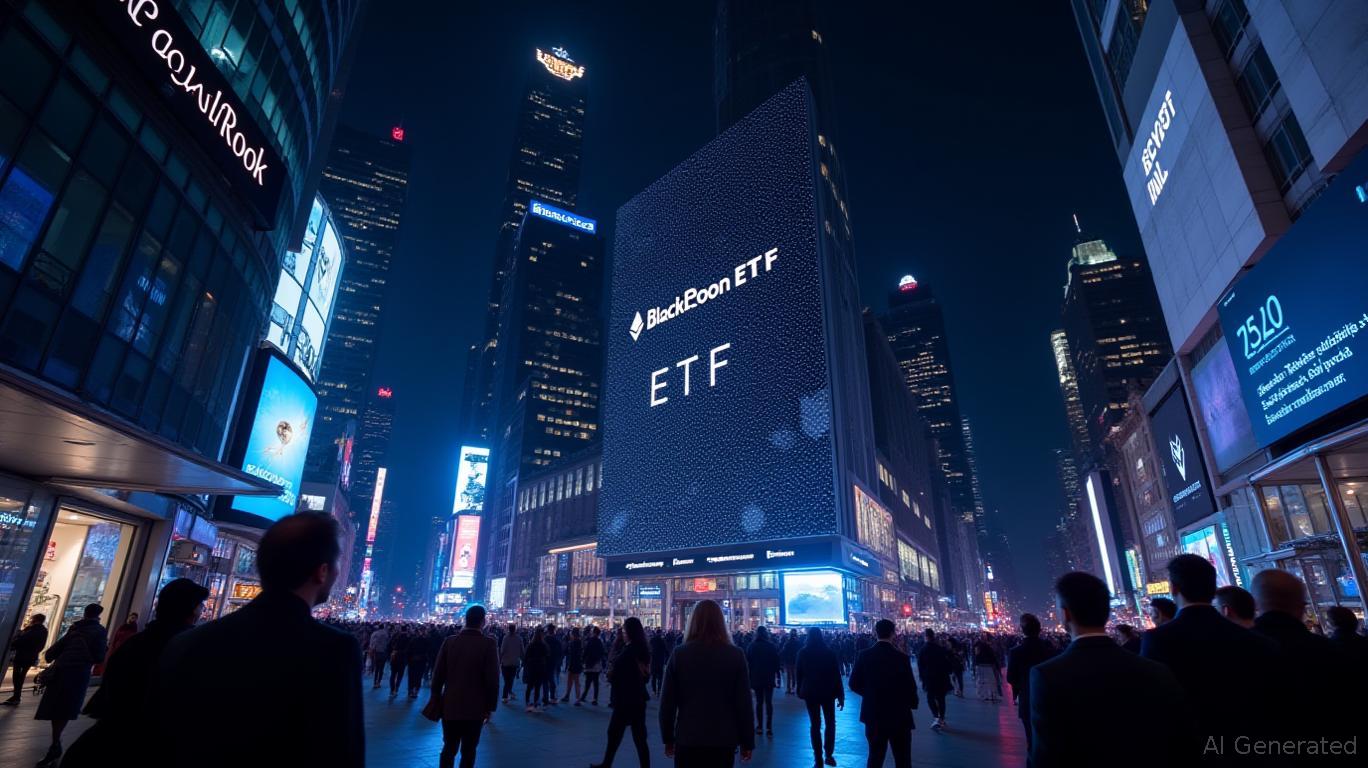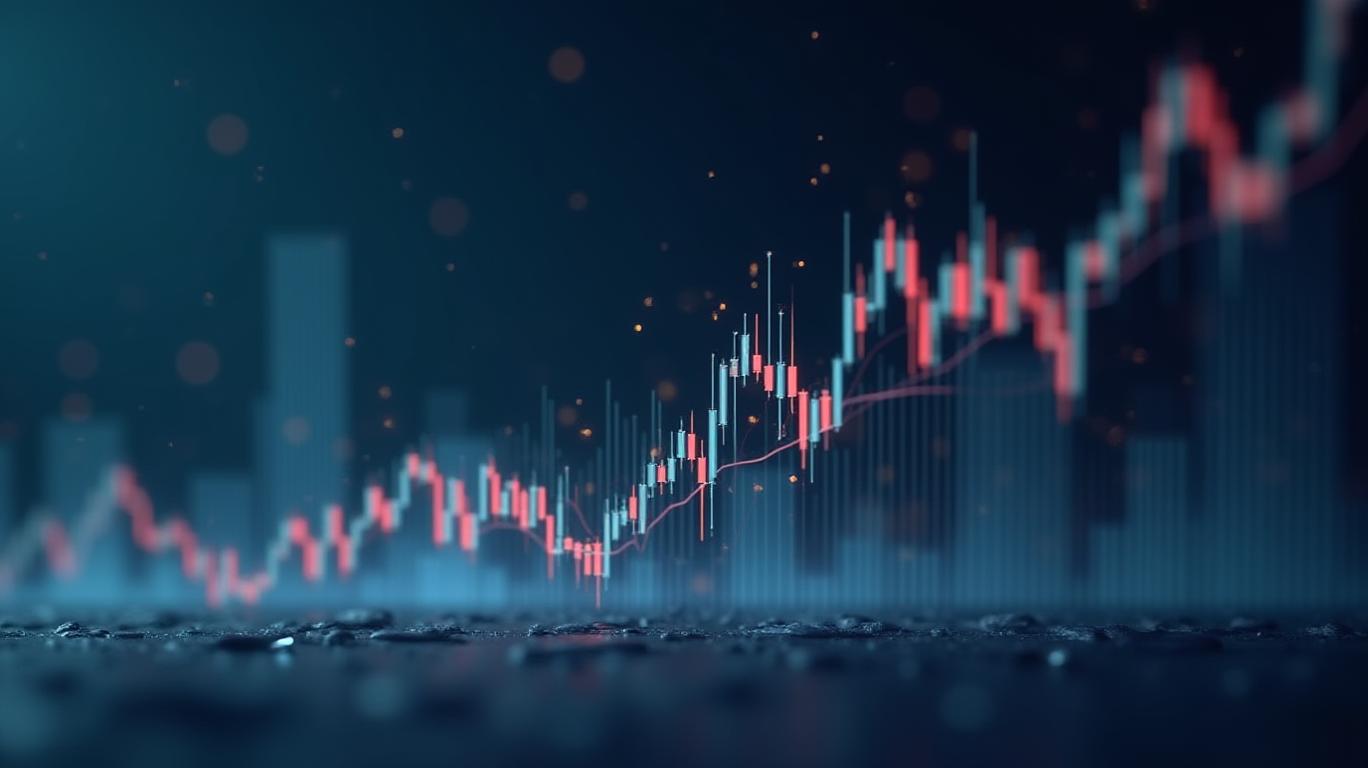The Dollar's Unstoppable Ascent: Why 107+ Is Just the Beginning?
The U.S. dollar’s climb to 107+ in early 2025 has left global markets in awe. What began as a steady rally post-November 2024’s U.S. election has now become a full-blown bull market for the greenback, defying structural headwinds like a widening trade deficit and overvaluation concerns. This isn’t just a cyclical move—it’s a structural shift fueled by policy choices, geopolitical realignments, and investor psychology. Let’s unpack the forces driving this historic surge.
The Economic Engine: Growth, Inflation, and Fed Policy
The U.S. economy has been the “odd man out” in a world of slowing growth. While the ECB and Bank of Japan grapple with stagnation, the U.S. posted a robust 2.7% GDP growth in 2024—nearly double that of other developed economies.  . This outperformance, driven by tech innovation, energy self-sufficiency, and resilient consumer spending, has made the U.S. a magnet for global capital.
. This outperformance, driven by tech innovation, energy self-sufficiency, and resilient consumer spending, has made the U.S. a magnet for global capital.
Yet inflation remains stubbornly above the Fed’s 2% target, keeping long-term bond yields elevated. The 10-year Treasury yield held steady at 4.1% in late 2024, far above Germany’s 2.3% and Japan’s 0.5%—a gap not seen since the mid-’90s. . Markets now expect only 44 bps of Fed rate cuts in 2025, versus 110 bps from the ECB. This “yield premium” has turned the dollar into a global income powerhouse.
Policy Plays: Trump’s “America First” and Geopolitical Gambits
President-elect Trump’s victory turbocharged the dollar’s ascent. His pledge to impose tariffs on Chinese, Canadian, and Mexican imports—potentially boosting domestic production costs—signaled a shift away from globalization. Investors interpreted this as a bet on higher U.S. inflation and prolonged Fed rate stability. Meanwhile, threats to penalize nations “de-dollarizing” their trade sent a clear message: the U.S. will defend its currency’s supremacy.
The geopolitical calculus also shifted. Improved U.S.-China trade talks and tentative Middle East peace deals reduced uncertainty, while Russia’s weakened position post-Ukraine war lessened energy market volatility. A calmer geopolitical landscape is dollar-friendly, as investors prefer stability over risk.
Market Mechanics: Technicals and ETFs Fuel the Rally
The dollar’s technical picture is bullish. The DXY index broke above its 107.35 resistance level in late 2024, a threshold not seen since 2002.  . Technical traders now eye 115 as the next target, citing “higher highs, higher lows” momentum.
. Technical traders now eye 115 as the next target, citing “higher highs, higher lows” momentum.
Speculators have piled into dollar-bullish ETFs like the Invesco DB U.S. Dollar Index Fund (UUP).
The Structural Edge: Why the Dollar Dominates
The dollar’s reserve currency status remains unchallenged. At 60% of global reserves in 2024, its share dwarfs the euro (20%) and yuan (3%).  . Paul Blustein’s King Dollar thesis holds: U.S. Treasuries’ liquidity and the rule of law make the dollar the “least bad” option in turbulent times.
. Paul Blustein’s King Dollar thesis holds: U.S. Treasuries’ liquidity and the rule of law make the dollar the “least bad” option in turbulent times.
Even Saudi Arabia’s pivot to yuan-denominated oil deals with China hasn’t dented this dominance. Over 70% of global trade and 80% of forex transactions still rely on the dollar. De-dollarization is a long game; for now, the dollar’s infrastructure is too entrenched to displace quickly.
The Risks: Overvaluation and Structural Debt
The dollar isn’t without vulnerabilities. At two standard deviations above its 50-year average, it’s overvalued by any historical metric. The trade deficit widened to 4.2% of GDP in 2024, and the $36.4 trillion national debt fuels long-term inflation risks. Yet these factors are being “discounted” by markets today.
Gold’s rise to $2,300/oz in early 2025—a classic dollar bear indicator—has had little impact. Why? Because the Fed’s “lower for longer” rate stance and Trump’s policies have created a “dollar-first” narrative that overshadows traditional correlations.
Conclusion: The Dollar’s Bull Market Isn’t Over
The dollar’s 107+ milestone isn’t a fluke—it’s the culmination of deliberate policy choices, geopolitical shifts, and investor behavior. With the Fed pausing rate cuts, U.S. growth outperforming, and global capital seeking safe havens, the dollar’s ascent could continue.
Key data points reinforce this view:
- Yield Gaps: U.S. 10-year yields remain 180 bps above Germany’s and 360 bps above Japan’s.
- ETF Flows: UUP’s assets under management grew 40% in Q4 2024 alone.
- Political Momentum: Trump’s trade policies have already triggered a 5% rebound in U.S. manufacturing output.
While structural risks like the trade deficit linger, they’re being offset by short-term momentum. For investors, the dollar’s strength isn’t just a currency story—it’s a macroeconomic bet on U.S. dominance in a fractured world. The question isn’t whether it’ll stay above 107, but how high it can climb before markets finally price in the cracks beneath.



_23f7f7eb1749627884277.png)






